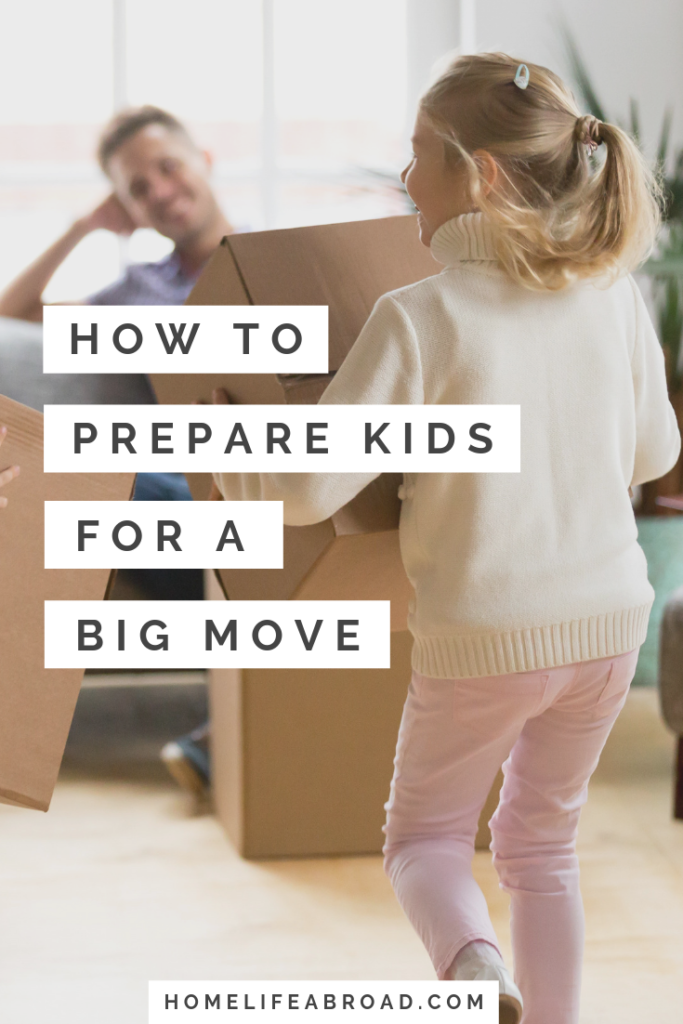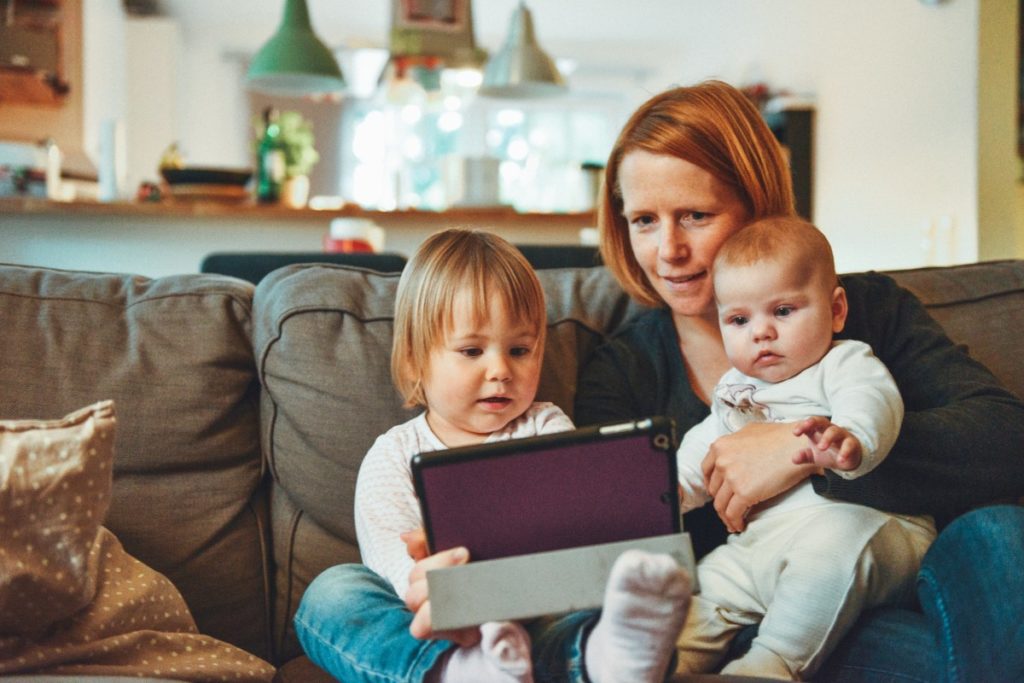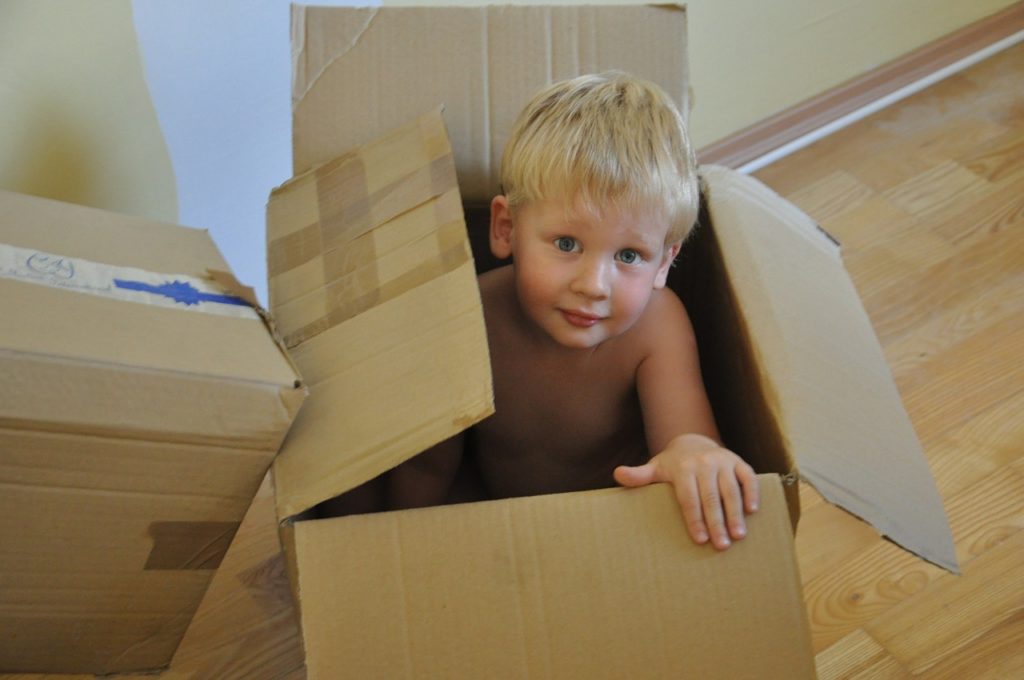I expected a bit of sadness and maybe a bit of frustration, but when I told my 10-year-old and 6-year-old that we were moving to a different state, I didn’t expect a screaming, crying fit that lasted weeks.
Moving houses is one thing; moving across the country or across the world is an unfathomable experience for most little ones.
If you are planning a major move in the next year or so, you need to start now to prepare your kids both physically and emotionally for the change.
Here’s what I did wrong, so you can learn from my mistakes.

Start Talking About It ASAP
You might be tempted to spring the move on your kids last-minute, so your kids don’t have time to reflect on how the move will change their lives or time to argue that the move isn’t a good idea.
However, what will actually happen is your kids will become panicked about such a rapid and drastic change and throw titanic fits every day before you leave.
I tried this once — on a smaller move, from an apartment to a house — and my little ones refused to help pack; one even tried to run away.
A better strategy is to talk to your kids about the idea of moving as soon as it becomes a possibility.
Open communication is always a good thing; by communicating with your kids, you can establish greater trust and respect, and you can address any of their questions and concerns right off-the-bat.
With younger kids, you might buy a map or a globe, so you can point out exactly where you will be moving.
You should also be sure to give your reasons for the move, so they understand that you aren’t doing this to punish them in some way and so they understand that they won’t be able to talk you out of it.
It might help to read books about kids moving, so they can have some basis of knowledge.
The more you talk about the move — in positive terms — the more excited your kids will become.

Let Them Feel Their Emotions
As an adult, you should know that moving isn’t easy. It’s not comfortable to uproot your routine and establish a new life somewhere completely foreign.
During the moving process, you might feel sad about the stuff you’re leaving behind, frustrated with needing to pack everything up and angry with others for not helping enough or moving too fast.
Your kids will experience these same emotions, but they don’t have the ability to rationalize them as well as you can.
Thus, their emotions might come out in more intense bursts — of crying, screaming, pouting and more.
You shouldn’t punish them for feeling emotions; rather, you should try to identify what is causing the emotion, talk through it and find a viable solution.
Get Them Involved in the Move
The best way to distract a kid from something they aren’t too keen on is to engage them with an activity.
Kids love doing things they perceive as “adult,” especially if you make the activity look fun.
That means getting your kids involved in the move is a great way to keep their minds and bodies occupied.
I started by requesting that they help me find Riverside moving companies to help us pack up and ship our large and valuable belongings.
Then, we worked together to get rid of unwanted toys and ill-fitting clothes, which we donated to a local women and children’s shelter.
Last but not least, we spent a day cleaning up the old house, which was fun because they could run through the empty property at full speeds without worrying about breaking anything.
You’d be surprised what your kids want to help with if only you’d ask.

Help Them Design Their New Room
Usually, kids aren’t excited by a move because they don’t know anything about their new neighborhood, their new school and even their new house.
You can change that — and give them something to look forward to — by allowing them to design their new bedroom from top to bottom.
Take them to the home improvement store to pick out paint swatches, look online with them at kid’s furniture, consider completing DIY decorative touches and generally work together to create a plan that gets your kid eager for the move.





